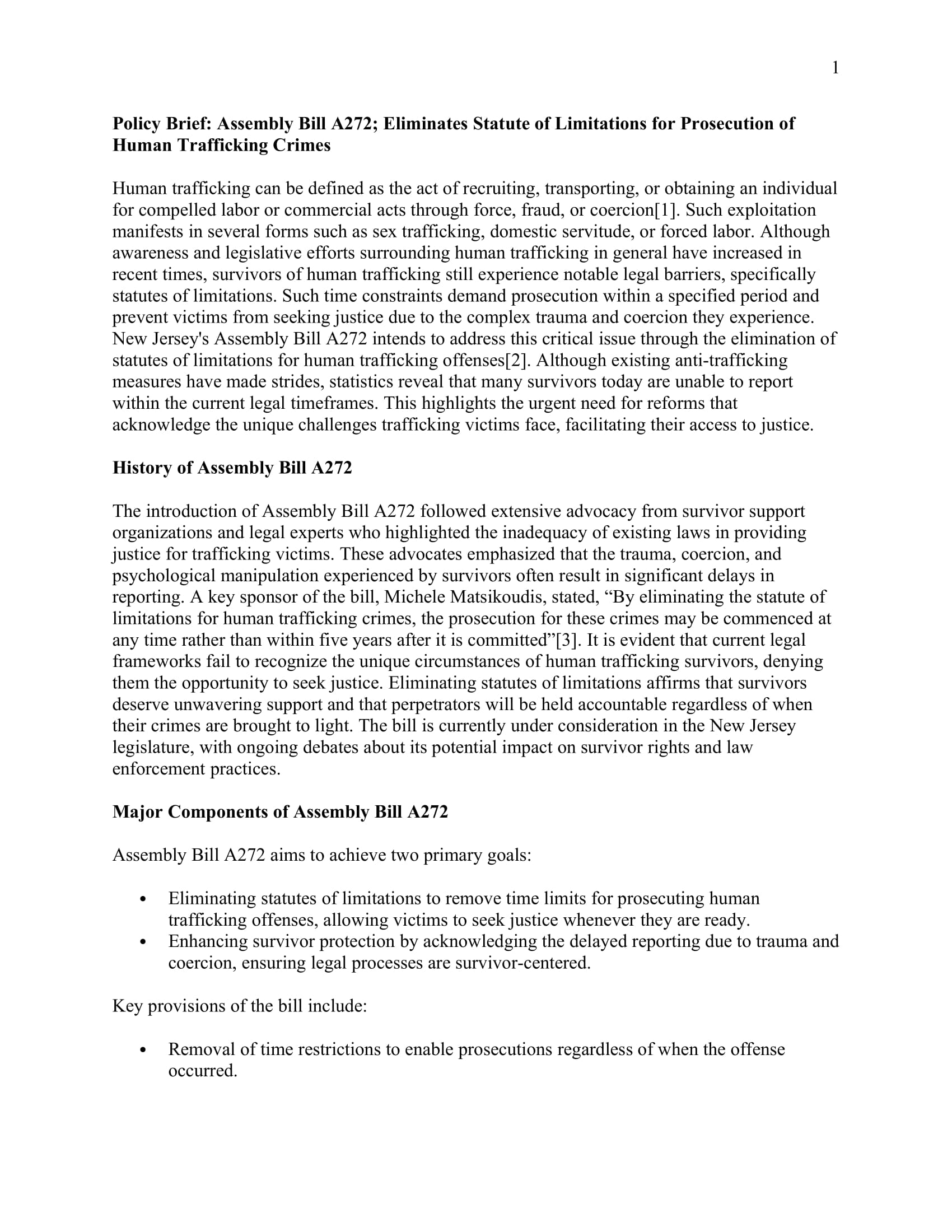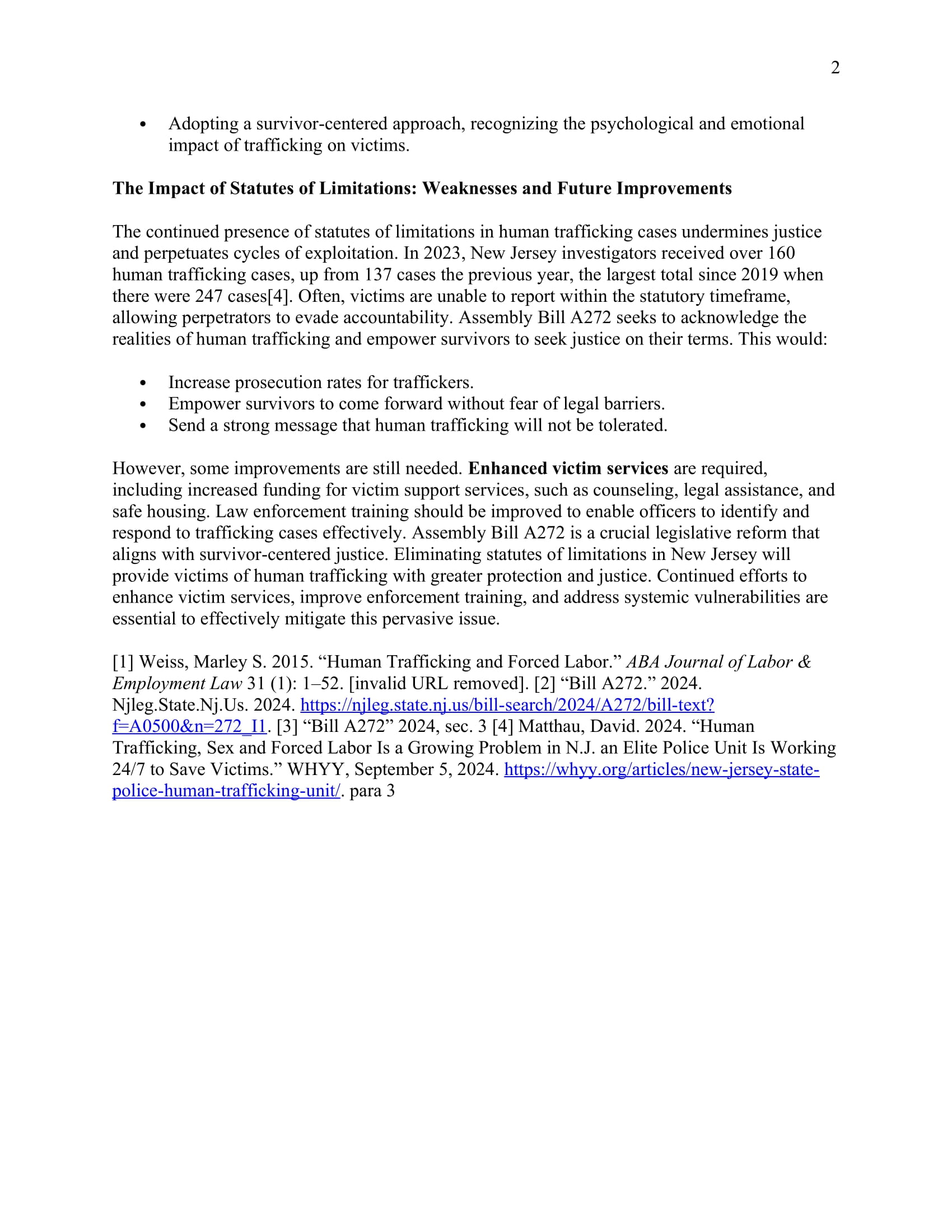How to Write a Policy Brief Assignment📜 Policy Brief Example

This article will offer what I would call “A Student’s Guide to Writing an Effective Policy Brief.” We will do a sample policy brief so you understand how to write a perfect policy brief as a student.
And if you are asking, can I pay someone to write my custom coursework assignments for me? The answer is YES. Coursepivot is the best custom assignment help website for students to hire USA experts to do your homework for you from scratch, No AI, No Plagiarism.
What is a Policy Brief?
A policy brief is a concise, focused document that provides policymakers with information and recommendations on a specific issue. It’s designed to be easily digestible, presenting complex information in a clear and persuasive manner. Think of it as a well-structured argument, supported by evidence, aimed at influencing decisions.
What are the Purposes of a Policy Brief?
- Inform: To provide policymakers with essential information about a specific issue.
- Analyze: To examine the issue’s causes, effects, and potential solutions.
- Advocate: To present recommendations and persuade policymakers to adopt a particular course of action.
- Influence: To shape policy decisions and contribute to positive change.
Who is it Written For?
Policy briefs are primarily written for:
- Legislators (e.g., members of Congress, state representatives)
- Government officials
- Policy advisors
- Decision-makers in organizations or agencies
- Community leaders
Essentially, anyone who has the power to influence or implement policy.
What are the Things to Include in a Policy Brief (Outline or Parts of a Policy Brief)?
So, if you are asking yourself, what does a policy brief look like, a well-structured policy brief typically includes the following sections:
- Title: A clear and concise title that accurately reflects the issue and the bill being discussed.
- Introduction: A brief overview of the issue, its significance, and the purpose of the brief.
- Background/History: Contextual information about the issue and any relevant legislation or events.
- Major Components/Description of the Bill: A detailed explanation of the proposed policy or legislation.
- Impact/Analysis: An examination of the potential effects of the policy, including strengths and weaknesses.
- Recommendations: Specific actions that policymakers should take.
- References/Sources: A list of sources used to support the information and recommendations.
Policy Brief Template – Best Outline for a Policy Brief 2025
- Title:
- Keep it short and to the point.
- Clearly state the bill number and the issue being addressed.
- Example: “Policy Brief: Assembly Bill A272; Eliminates Statute of Limitations for Prosecution of Human Trafficking Crimes”
- Introduction:
- Define the issue clearly and concisely.
- Explain why the issue is important and timely.
- Provide relevant statistics or data to illustrate the scope of the problem.
- State the purpose of the brief and the proposed policy solution.
- Keep paragraphs short and easy to read.
- Example: “Human trafficking can be defined as…”
- Background/History:
- Provide context for the issue and the proposed policy.
- Include relevant historical information, such as previous legislation or events.
- Explain the rationale behind the proposed policy.
- If applicable, include quotes from bill sponsors or key figures.
- Example “History of Assembly Bill A272. This is the first time a bill…”
- Major Components/Description of the Bill:
- Clearly describe the key provisions of the proposed policy or legislation.
- Use bullet points or numbered lists to highlight important points.
- Explain how the policy will be implemented and who will be affected.
- Break down complex information into easy-to-understand terms.
- Example: “Major Components of Assembly Bill A272. Assembly Bill A272 aims to achieve two primary goals:…”
- Impact/Analysis:
- Examine the potential effects of the policy, both positive and negative.
- Provide evidence-based arguments to support your analysis.
- Discuss the strengths and weaknesses of the proposed policy.
- Include relevant statistics or data to support your claims.
- Address how the policy will affect marginalized individuals, families, and communities.
- Example: “The Impact of Statutes of Limitations: Weaknesses and Future Improvements. The continued presence of statutes of limitations in human trafficking cases undermines justice and perpetuates cycles of exploitation…”
- Recommendations:
- Provide specific, actionable recommendations for policymakers.
- Explain why these recommendations are important and how they will address the issue.
- Prioritize your recommendations and focus on the most important actions.
- Use strong, persuasive language.
- Example: “However, some improvements are still needed: Enhanced Victim Services: Increase funding…”
- References/Sources:
- Cite all sources used in the brief using a consistent citation style.
- Include complete bibliographic information for each source.
- Use credible and reliable sources, such as academic journals, government reports, and reputable organizations.
- Example: “[1] Weiss, Marley S. 2015. “Human Trafficking and Forced Labor.”…”
Tips for Effective Writing:
- Be concise and clear: Use simple language and avoid jargon.
- Be objective: Present information in a balanced and unbiased manner.
- Be persuasive: Use evidence-based arguments to support your recommendations.
- Use visuals: Incorporate charts, graphs, or tables to present data effectively.
- Proofread carefully: Ensure that your brief is free of errors.
- Keep paragraphs short.
- Use italics, bolding, and underlining, and bullet points to help your reader understand the most important information.
Policy Brief Example – A Sample Format


Top 10 Questions for Writing a Policy Brief:
- What is the specific issue I am addressing, and how can I define it concisely?
- (Focuses on: “nature of the issue”)
- How widespread is this issue, and which specific populations are most significantly impacted?
- (Focuses on: “how widespread is the issue and who is impacted?”)
- What are the most recent and relevant statistics that highlight the urgency and importance of this issue?
- (Focuses on: “what are the most recent stats on this issue?”)
- Why is it crucial for policymakers to address this problem now, and what are the potential consequences of inaction?
- (Focuses on: “why is this problem important to address?”)
- What is the current status of the relevant legislation (e.g., bill number, committee, sponsors), and who are its key supporters and opponents?
- (Focuses on: “current status of relevant legislation”)
- What are the core components of the proposed legislation, and how will it specifically address the identified issue?
- (Focuses on: “what will this legislation do?”)
- What are the existing gaps in services or programs that this legislation aims to fill, and what resources or opportunities will it provide?
- (Focuses on: “gaps in service or benefits or programs,” “resources or opportunities”)
- How will the proposed legislation promote the well-being of, or potentially oppress and marginalize, individuals, families, and communities, particularly those who are vulnerable?
- (Focuses on: “how will it promote the well-being of, or oppress and marginalize…”)
- What are my specific policy recommendations, and what compelling evidence supports these recommendations?
- (Focuses on: “your specific policy recommendations, and why”)
- What specific action am I asking my legislator to take (e.g., vote for the bill, propose amendments), and how can I effectively persuade them to support my stance?
- (Focuses on: “what are you asking your legislator to do?”)

Can I pay someone to do my Policy Brief Paper Without AI
Coursepivot is the best custom assignment writing service for you as a college student
Cite this article
You can copy and paste your preferred citation format below.
Martin, L. & Arquette, E.. (2025, March 31). How to Write a Policy Brief Assignment📜 Policy Brief Example. Coursepivot.com. https://coursepivot.com/blog/how-to-write-a-policy-brief/



